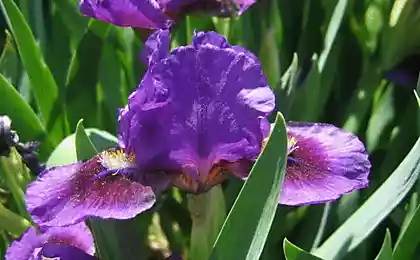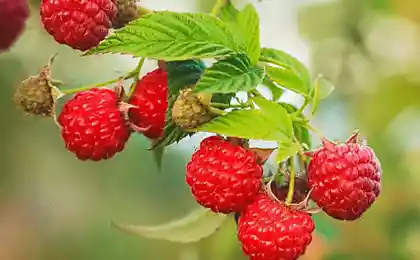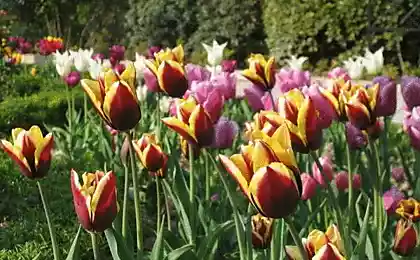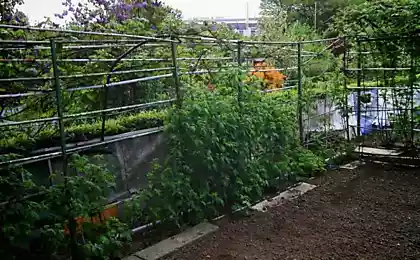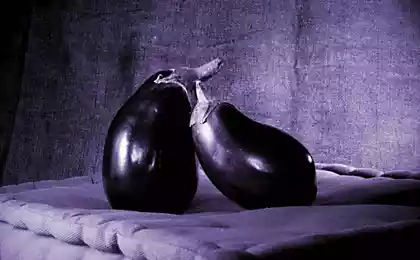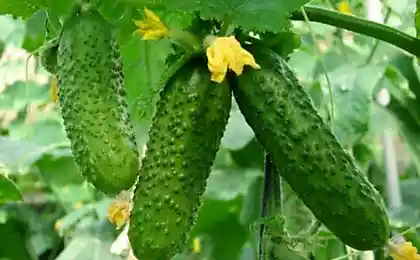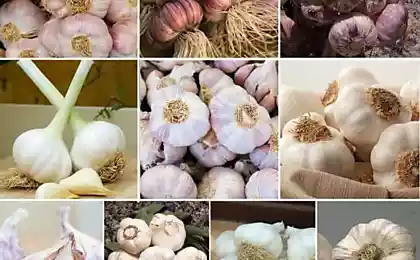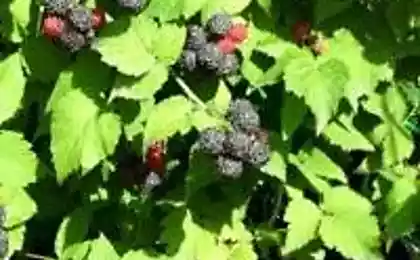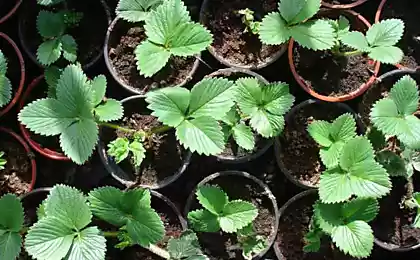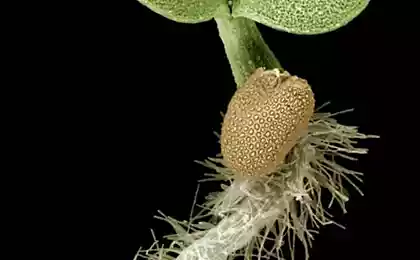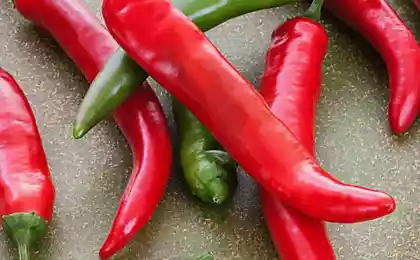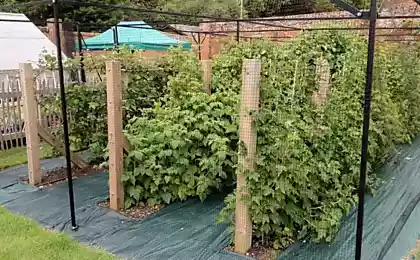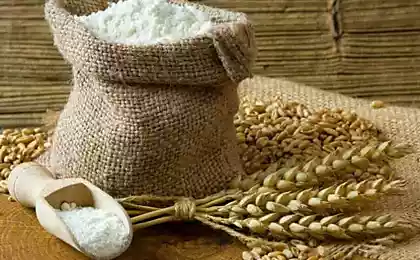450
Remontant varieties of raspberries

Apricot. High-yielding, winter-hardy everbearing variety of raspberry. Weakly affected; their mites and didymella. Allotransplantation. Bush is medium slaborebristaya. Pobegoobrazovatelnaya average ability (forms 5 — 6 shoots substitution). Shoots straight, much branched. Area fruiting exceed 1/2 the length of the shoot. Annual shoots are green, srednesadovaya. The leaves are medium green. Berries of medium size (2.8 to 3 g), topologicheskie, Golden apricot, with a small, firmly adherent drupelets.

Augustine. Begins to Mature in the first half of August. Resistant to the main pests and diseases. Fruitful. Bush is medium slaborebristaya. Pobegoobrazovatelnaya average ability. Shoots straight, the area of fruiting — 1/2 the length of the shoot. Annual shoots are thin and medium, green, prickly. The thin spikes located in the lower part of the shoot. The leaves are large, dark green, wrinkled. Berries are large {3 — 3.5 g), roundish-conical, dark crimson, with a homogeneous drupes, sweet and sour.
The August miracle. It ripens during the second half of August. Low-growing shrub (to 1 m), laboratoty. Pobegoobrazovatelnaya average ability. Berries are large 3 — 5 g, round, bright red color, well removed from Podolia, great taste.

Indian summer. Begins to Mature in the first half of August. Winter-hardy. Resistant to curl and gray mold, spider mites and didymella affected in high degree. Bush is medium, spreading. Pobegoobrazovatelnaya average ability. Shoots erect, strongly ramified. Area fruiting more than half their length. Annual shoots of medium thickness, by the fall — gray-brown, prickly. The leaves are medium sized, green. Berries are large (up to 3.5 g), roundish-conical, bright red, with heterogeneous, loosely coupled drupes, sweet and sour.
Indian summer-2. Begins to ripen in early August. Fruitful. Resistant to the main fungal diseases and Mattila tick. Bush is medium slaborebristaya. Pobegoobrazovatelnost ability moderate. Shoots pryaralye, strongly ramified, the fruiting area is 2/3 of their length. Annual shoots thick, medium-sized spiny. The leaves are medium, slightly rugose, green. Berries are large (3 — 3.5 g), bluntly conical, sweet and sour, raspberry color.
Patricia. Late ripening, remontant. Resistant to frost and the main diseases. Fruitful. Transportability is poor. Bush is medium, upright, high pobegoobrazovatelnost ability. Annual shoots are purple with a strong waxy bloom, sredneimportnye, without thorns. Two-year — light-brown. The leaves are large, light green, slightly twisted, slightly pubescent. Berries are very large (5—12g), elongated, red, fragrant, pleasant taste of dessert. Drupe good adhesion, medium-sized seeds.
The remontant varieties of raspberries each spring from the underground part of the Bush grow new shoots, which produced a crop of berries. The winter otplodonosivshih the upper part of the shoot dries up. For the remaining part of the shoot in the second year formed fruiting twigs with berries, usually do premontane varieties. The remontant varieties you can get yield on two-year and one-year shoots, but this leads to a reduction in the yield and quality of fruits. It is recommended to harvest only the annual shoots by removing them at the end of the growing season before the onset of frost.
Growing remontant raspberry varieties according to the type of annual crops solves the problem of hardiness of stems, removing them from the plantation after cutting allows to get rid of the main diseases and pests without pesticides. On the other hand, leaving the annual shoots in the second year, gardeners get a very extended period of fruiting.
For most varieties of remontant raspberries at planting distance between rows 1.5—2.0 m between plants in a row of 0.7—0.9 m. the Plants are put in holes with a diameter of 30-35 cm and a depth of 25-30 cm From the right plants planted root collar should be at the level of the surface of the soil, and only on light soils allowed penetration by 3-5 cm In smaller gardens, comfortable fit in small groups (one to three plants), the distance between them to 50-70 cm
Source: www.sadovoda.ru
